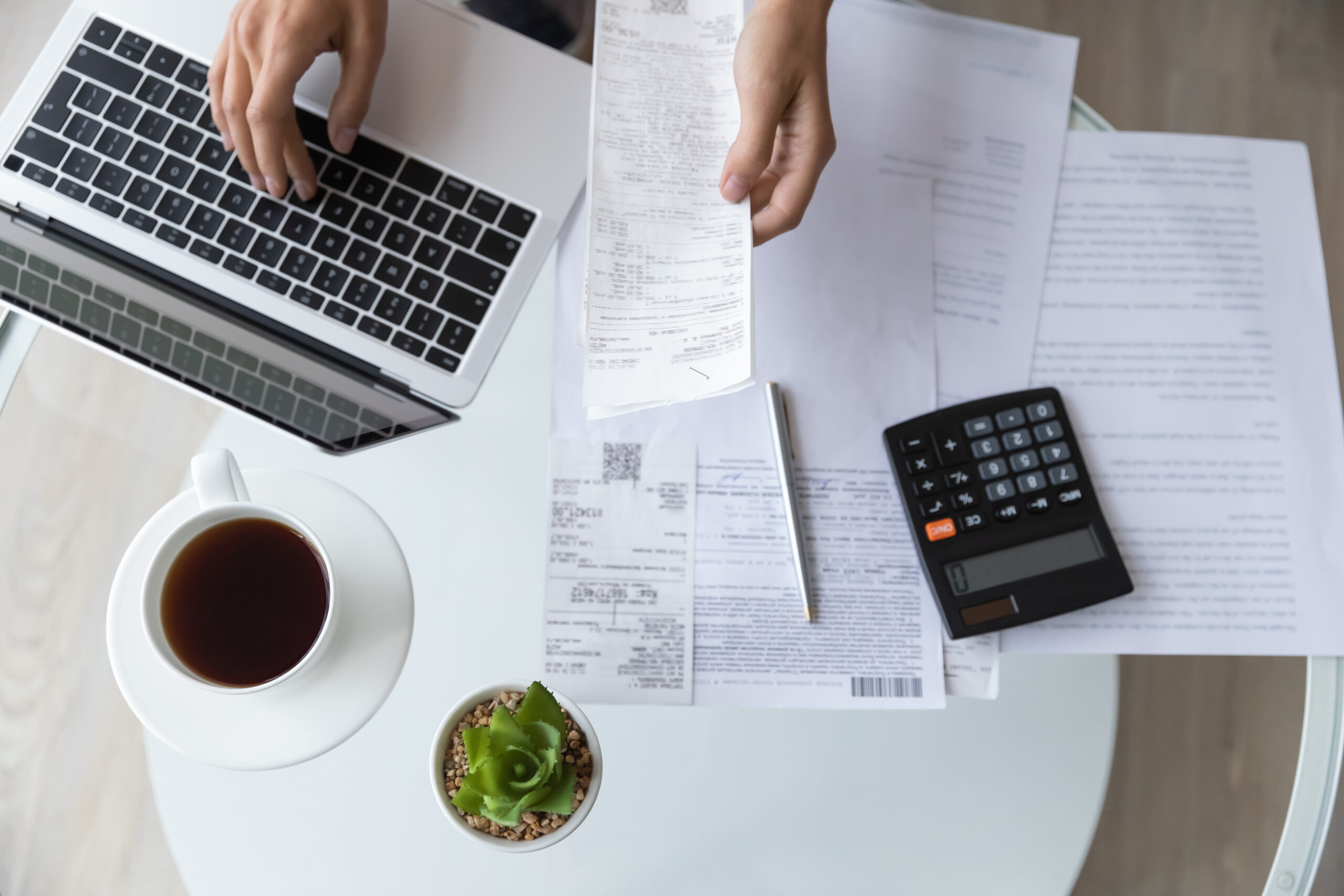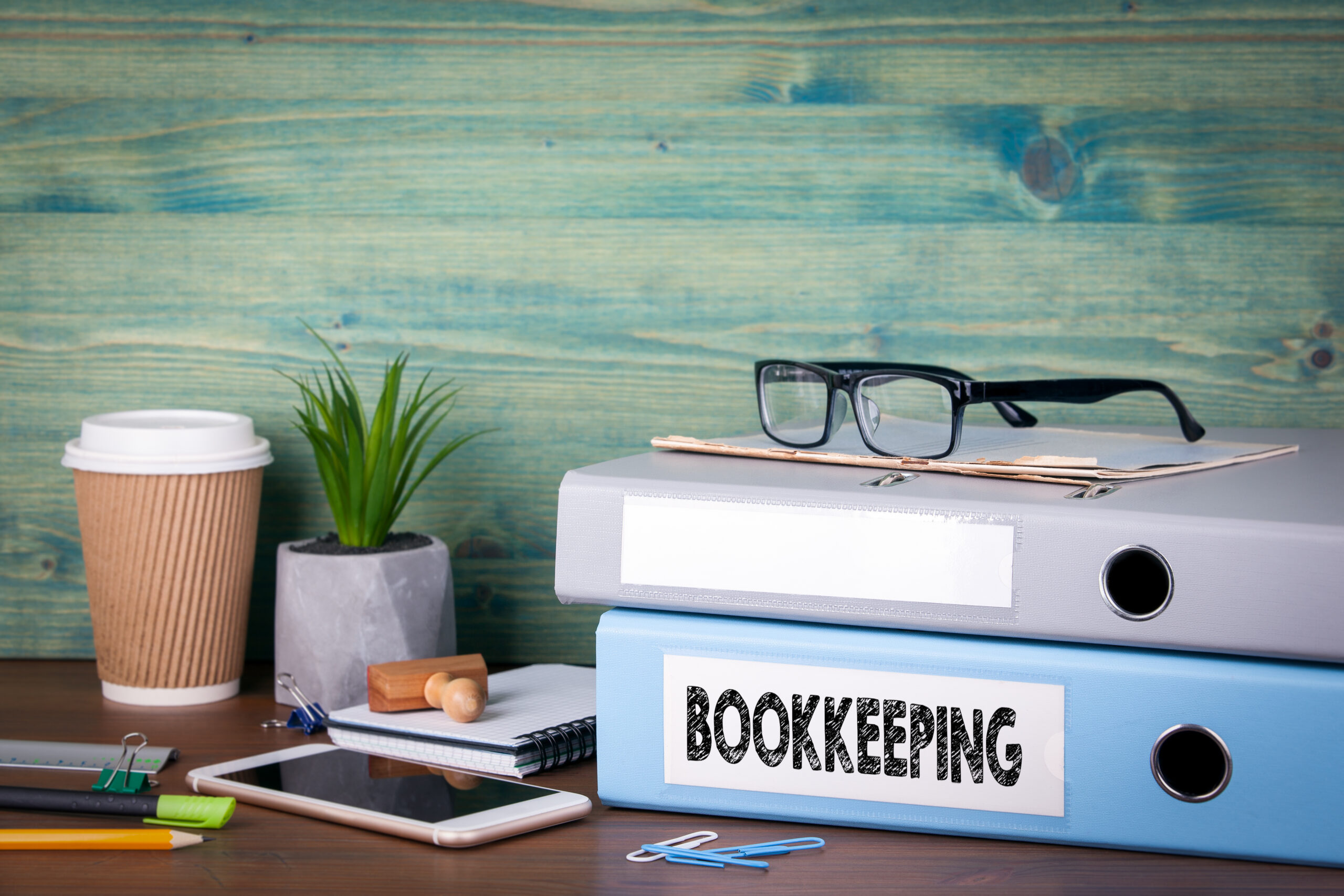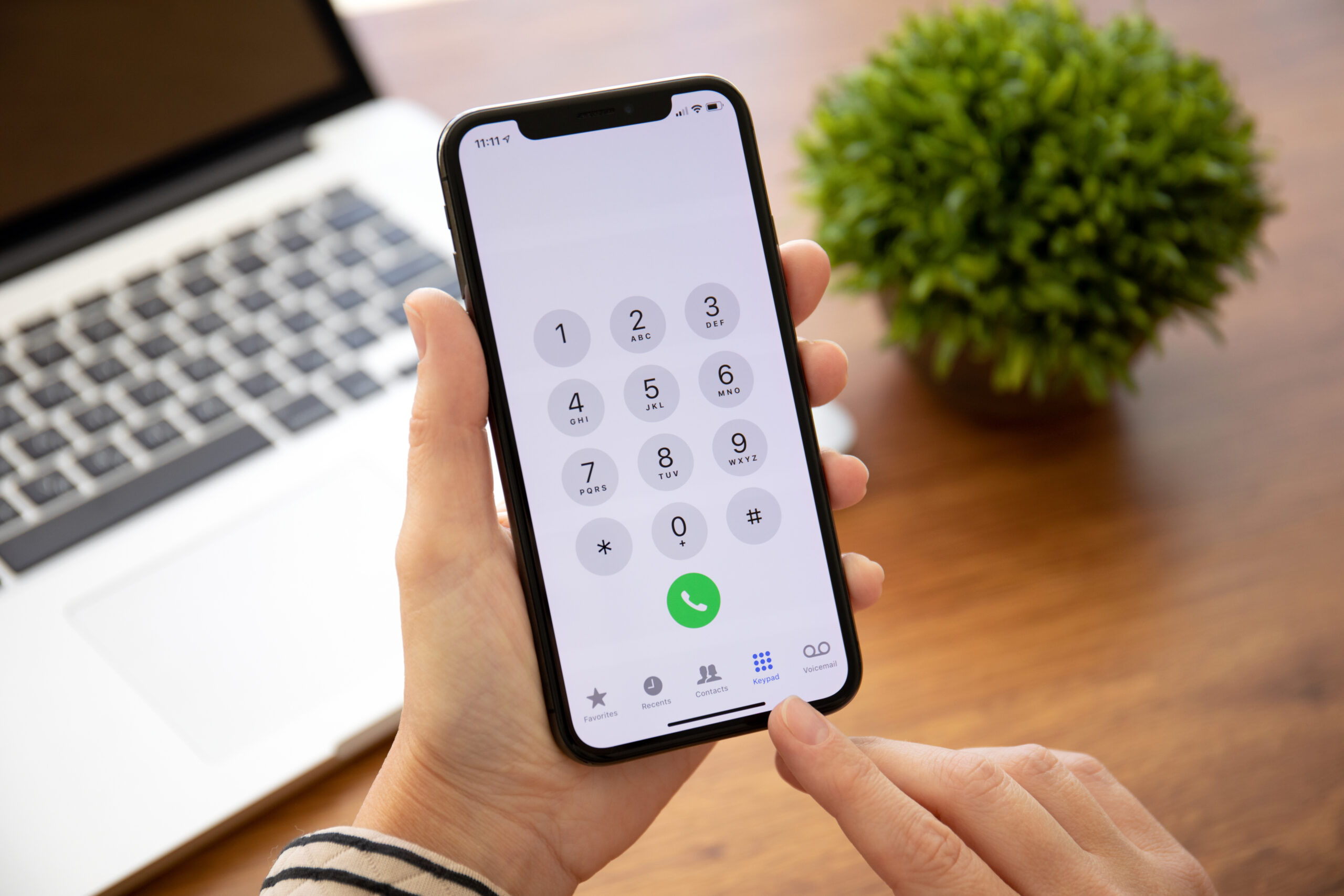Top tips for doing your Self-Assessment Tax Return

Filing a self-assessment tax return online can seem like a daunting job. And it’s not without pressure either – as a self-employed person or freelancer it’s up to you to let HMRC how much tax you need to pay, and there can be hefty penalties if you get it wrong.
Unfortunately, there’s no getting out of filing your taxes if you’re a self-employed individual. Filing an online tax return can be tricky and overwhelming, but we’re here with some top tips to help you get through the process more easily.
Get your documents ready before you get online
It’s stressful to be halfway through doing your tax return only to realise that you are missing a vital piece of information. So here is a list of things that you should gather together before you get started.
- Your National Insurance number
- Your Unique Taxpayer Reference (UTR) number
- Your Government Gateway user id (to access your government gateway account online)
- Details of all your untaxed income spanning across the applicable tax year. This includes self-employment income, interest from shares, dividends, and property income
- Expenses and any items that may be eligible for tax relief (such as charitable donations)
- Records confirming that you’ve already made tax payments on any of your taxable income (only if applicable)
- P60s, P45s, and P11ds
Know your tax-deductible expenses
If you are self-employed or a freelancer and need to create a profit and loss account in order to file your self-assessment tax return online, understanding what is and isn’t a tax-deductible expense is vital.
While filing your tax return, HMRC will ask you for the expenses related to your business. These expenses serve to reduce your net profit and in turn, your taxable income. And yes, perhaps then your tax bill!
But knowing what is and isn’t allowable can be a bit of a minefield. Get it right and you can rest easy, but get it wrong and you guessed it, you risk penalties from HMRC.
If HMRC thinks you have made a genuine error then they may just ask you for the difference in tax you should have paid plus some interest. But if they think you are deliberately misleading them, then they can really throw the book at you! So it’s best to get it right.
Common expenses that you might put against your income in your tax return are:
- Cost of goods for resale
- Staff costs
- Premises costs
- Advertising and PR costs
- Insurance costs
- Loan interest
- Accountancy fees
- Uniform costs
The video below explains in further detail some of the things to think about for your tax-deductible expenses when you are filing your tax return online.
Get your Tax Return right first time
We get it, there are things you’d far rather be doing than filing your tax return! But as you know, it’s one of the prices you pay for being self-employed.
So we advocate getting your tax return right the first time so that you don’t have to go back and correct mistakes that can be time-consuming and soul-destroying.
Take your time and read each page thoroughly before you move on to the next page of the tax return. Check back over the figures you have input and cross-check them with the documents you are using to complete the page online. Then, and only then move on to the next section.
We find having a list to cross out or tick against useful so that you know that you were sure when you clicked on the ‘next’ button!
Once you get to the end of your tax return you’ll then feel happy that you’ve completed everything correctly and can confidently click on that ‘submit’ button.

Ditch the Paper Tax Return
Before long, paper tax returns are likely to become a thing of the past (just like the paper VAT returns). As HMRC moves into the era of Making Tax Digital, more and more of our taxes will be required to be filed online.
So if you’re still doing your tax return on paper, now is a great time to switch to online.
Why?
Well, first of all, it gives you more time to file your tax return. Paper tax returns need to be filed by October each year, whereas online tax returns have a 31st January tax return deadline.
It’s easier to get it right on the online version because the system only shows you the pages you need to see based on your answers, instead of you having the rifle through all the pages on the paper tax return.
Filing online also lets you see your tax bill and payment son account instantaneously, whereas with a paper version you have to work out your tax yourself or wait for HMRC to send you a bill.

Understand your Tax Calculation
Your tax calculation will show you the following things:
- Income tax due
- Class 2 National Insurance due
- Class 4 National insurance due
- Payments on account due
Most people understand their Income Tax bill, class 2 and class 4 National Insurance (even if that figure is sometimes a bit of a shock!). But where people come unstuck is with the concept of payments on account.
‘Payments on account’ are advance payments towards your tax bill (including Class 4 National Insurance if you’re self-employed).
You have to make 2 payments on account every year unless:
- your last Self Assessment tax bill was less than £1,000
- you’ve already paid more than 80% of all the tax you owe, for example through your tax code or because your bank has already deducted interest on your savings
Each payment is half your previous year’s tax bill. Payments are usually due by midnight on 31 January and 31 July.
If you still have tax to pay after you’ve made your payments on account, you must make a ‘balancing payment’ by midnight on 31 January next year.
So what does that mean in plain English? It means that for your first tax bill as a self-employed person, you may well have to pay 18 months’ worth of tax in one go – yikes! And what’s more, payments on account do not include anything you owe for capital gains or student loans (if you’re self-employed) – you’ll pay those in your ‘balancing payment’.
We quite often come across clients who have completely forgotten about the payments on account – so forewarned is forearmed. Make sure that you’re putting money aside to make any payments on account. And if you can, get your tax return done before July each year so that the balancing payment in your tax calculation can be adjusted down if necessary – there’s no point paying tax over to HMRC only to have to reclaim it later!
Is it worth your time doing your Tax Return Online?
With so much to consider to file your tax return correctly, is it really worth your time doing it?
How many hours will it take you to do your self-assessment vs how much money you may be able to make in that same time?
How many hours do you sacrifice with your loved ones in order to do your self-assessment tax return?
For most of our clients, the idea of doing their own self-assessment is completely alien – they know how tricky it can be and value services like ours that can take that stress of their hands.
Our clients never worry about having to understand their tax calculation, because we are here to explain it to them.
Our clients let us get on with their tax return while they get on with their business!
So if you’re adamant that you want to file your self-assessment tax return yourself, we hope that you’ve found these tips useful.
And if you’d like to learn more about how Mazuma can help with your self-assessment tax returns, click here.






